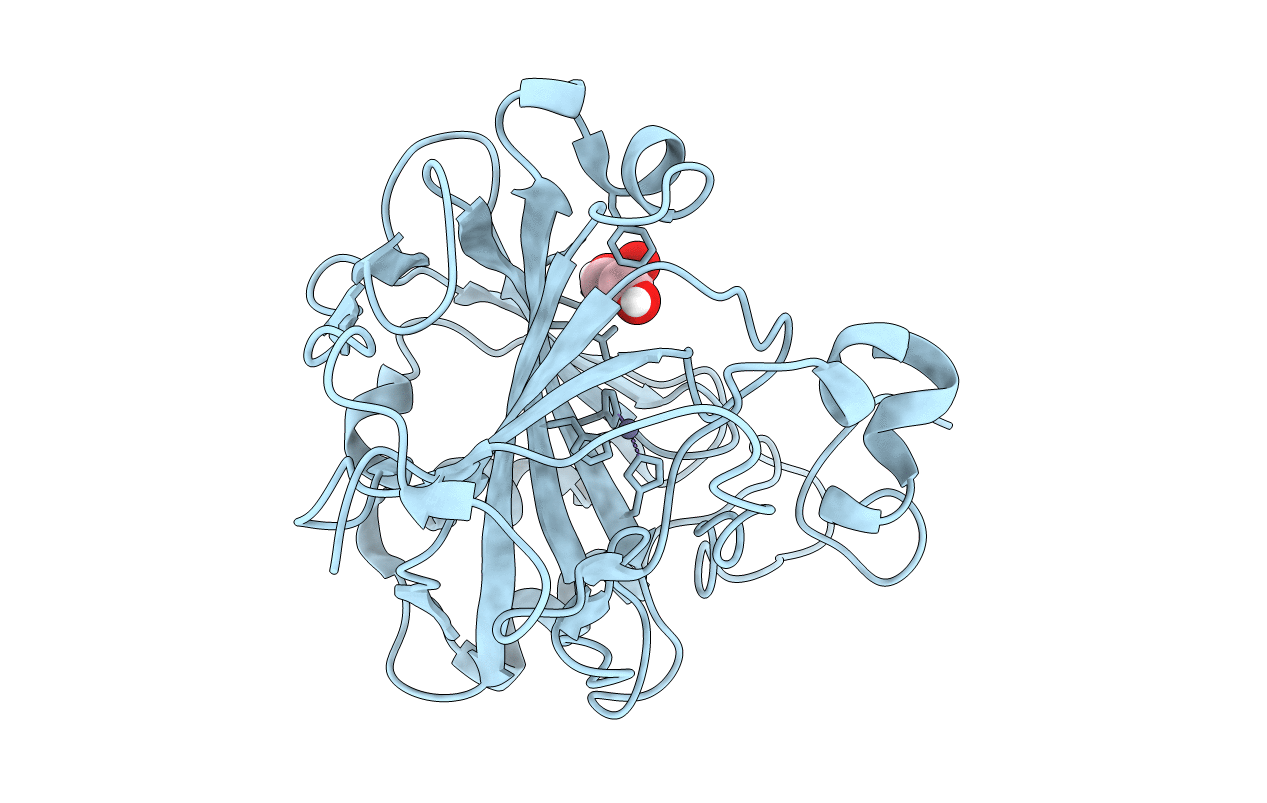
Deposition Date
2011-09-20
Release Date
2012-08-08
Last Version Date
2023-09-13
Method Details:
Experimental Method:
Resolution:
1.60 Å
R-Value Free:
0.20
R-Value Work:
0.16
R-Value Observed:
0.16
Space Group:
P 1 21 1


